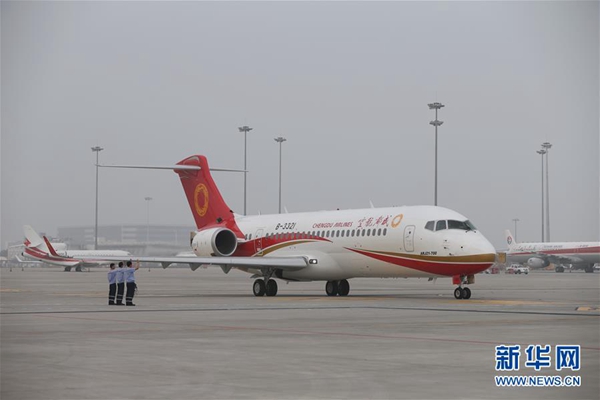Chengdu establishes offshore overseas talent base in US
An economic development zone in Chengdu, capital of southwest China’s Sichuan Province, has established an offshore overseas talent base in San Diego, the United States.
The move brings Chengdu’s number of overseas offshore talent bases to 13, the Chengdu Hi-tech Industrial Development Zone said Tuesday.
The talent base will work with the influential Sino-America Biotechnology and Pharmaceutical Professional Association and U.S. diagnostic company GIMDX to recruit top global talent.
Chengdu is attempting to compete with larger cities closer to the coast, including Beijing, Shanghai, Guangzhou and Shenzhen, by offering more generous terms and a better environment.
In 2016, the hi-tech zone planned to invest 5 billion yuan (730 million U.S. dollars) to establish offshore overseas talent bases as well as create mass entrepreneurship spaces and offshore incubators, in a bid to attract talent and enhance competitiveness in science and technology.
It also seeks to strengthen cooperation with global innovation hubs such as Silicon Valley in the Unites States, Tel Aviv in Israel and Sophia Antipolis in France.
So far, the zone has attracted five Nobel Laureates, hundreds of top employees worldwide as well 115 Fortune Global 500 companies.
In 2016, the zone’s gross industrial output was nearly 390 billion yuan, only behind Beijing’s Zhongguancun Science Park and Shanghai’s Zhangjiang Hi-tech Park.


